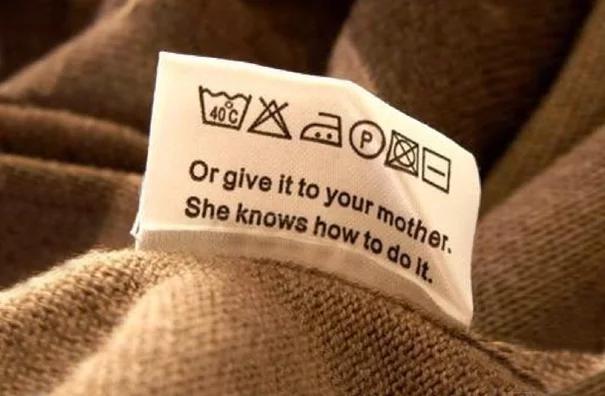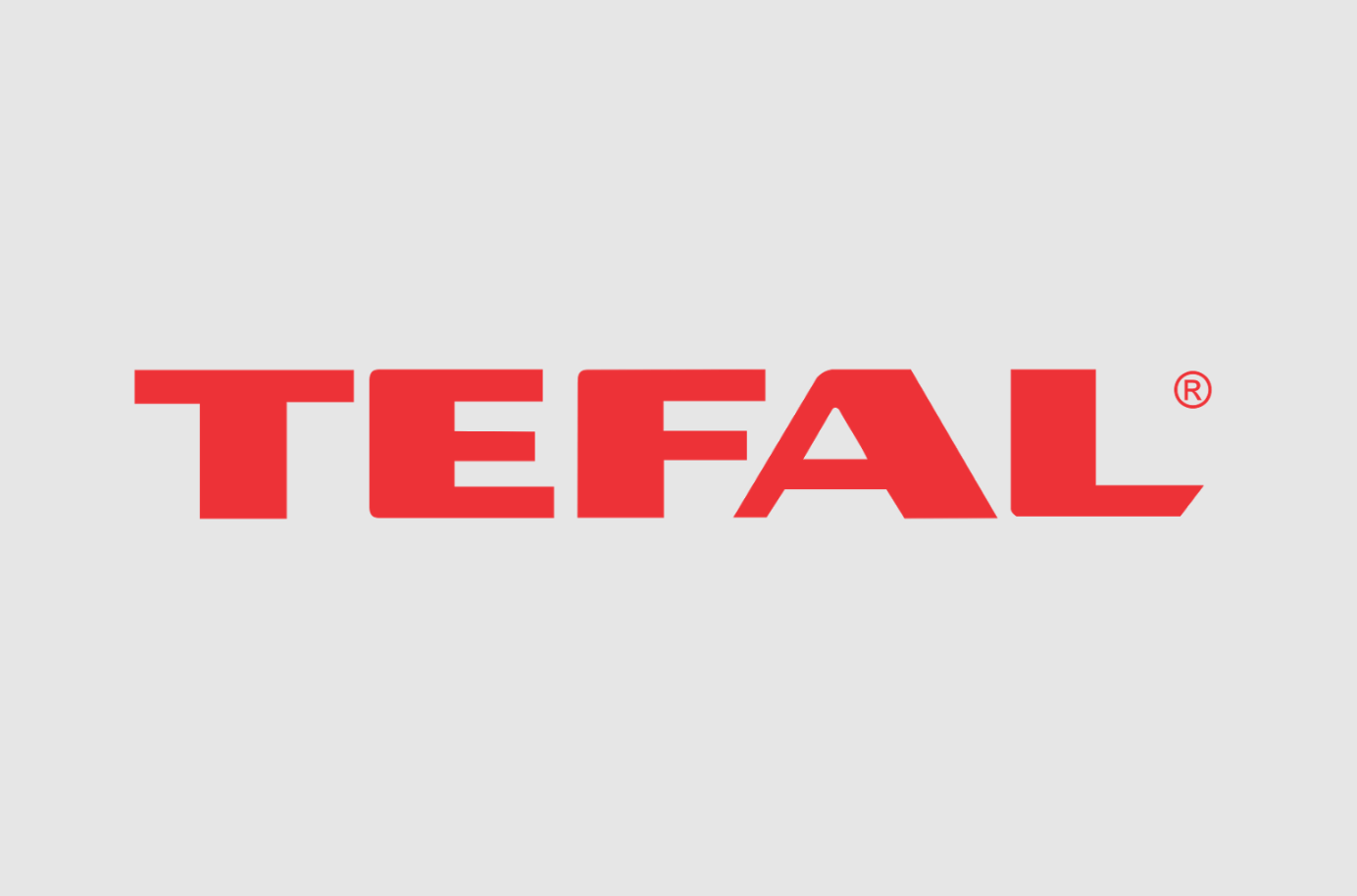In today’s world, where clothes are made from a wide variety of materials and fabrics, proper care becomes the basis for maintaining their quality and durability. Incorrect washing or the use of unsuitable products can lead to shrinkage, loss of colour or even irreparable damage to the garment. It is therefore essential to understand which cleaning and bleaching methods can be applied to each specific item of clothing. This is where the special markings on the labels come in handy.
The key to proper care is the laundry designations that can be found on the product label. But what do they mean?
1.Liquid container
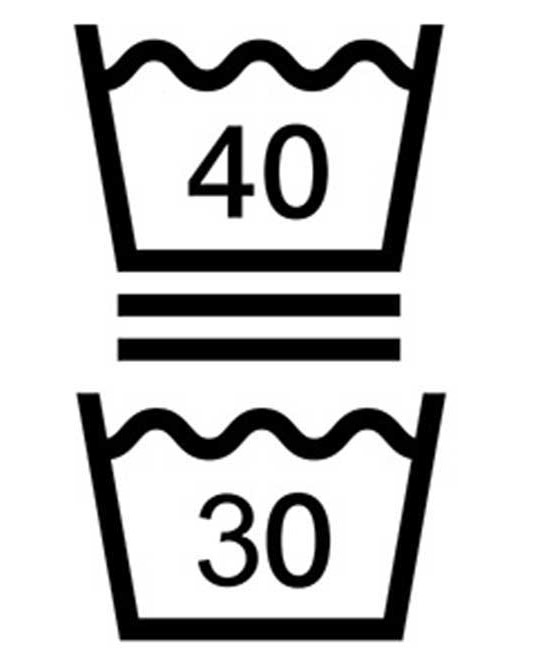
This symbol gives an indication of the machine washability of a particular item. The numerical value placed in the container indicates the maximum temperature at which the item can be safely washed. If a hand is shown below the container, this signals that hand washing is preferable.
2. Geometric triangle
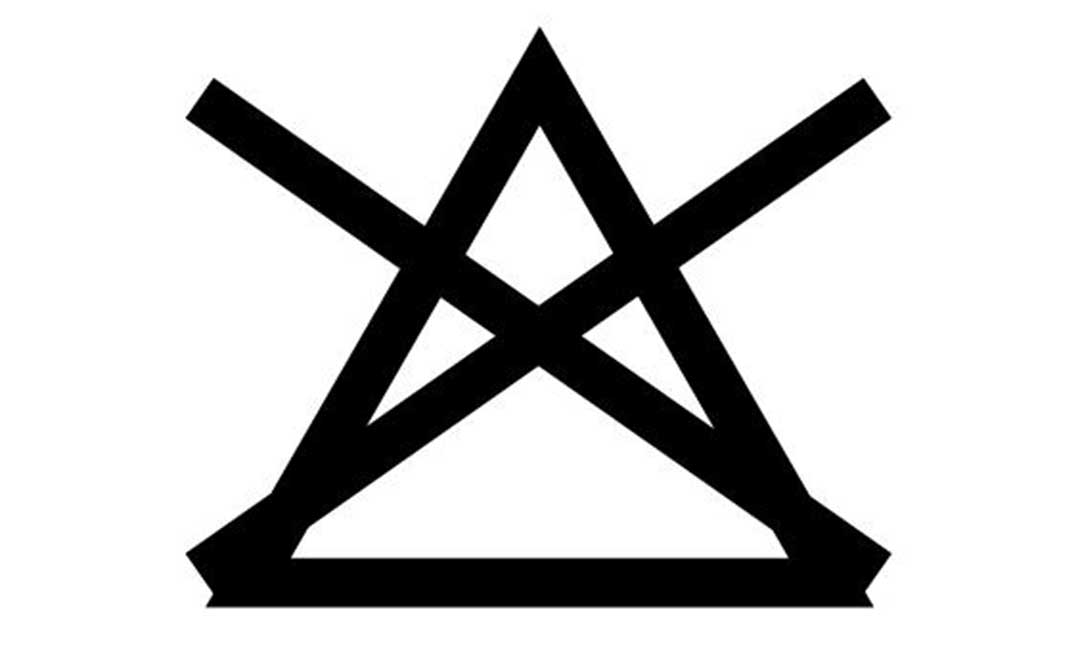
This sign is primarily related to the bleaching process. A simple triangle without any additional signs inside implies that the use of bleach is permissible. However, if there is a cross in the centre of the triangle, bleaching becomes undesirable.
3. Rectangle with integrated circle
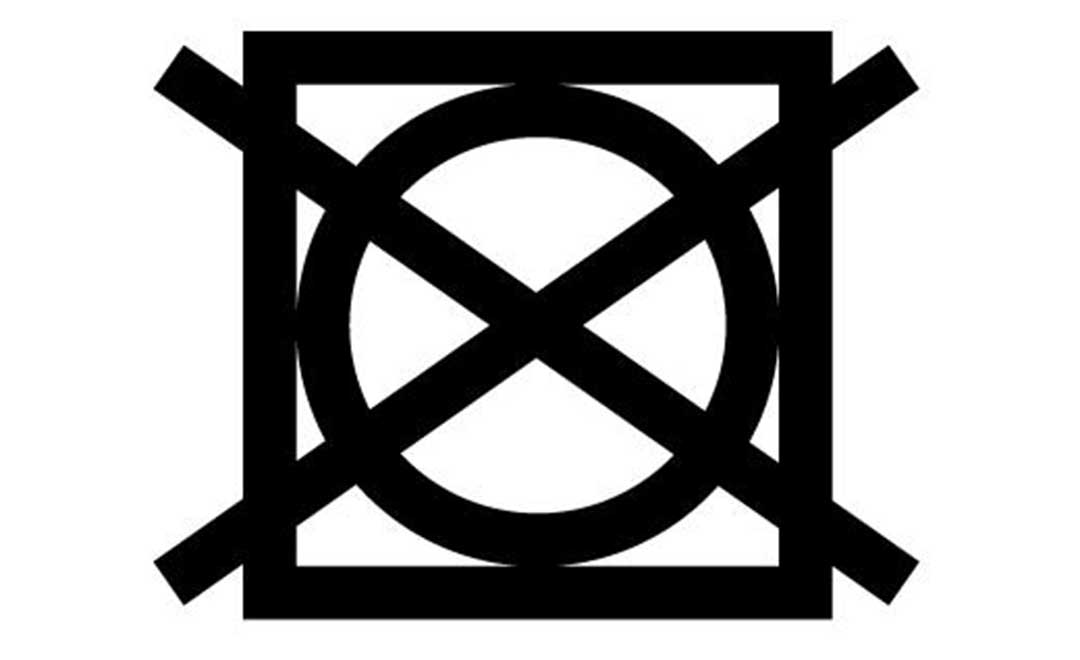
This symbol indicates drying in the automatic dryer. A filled circle indicates drying at standard temperature, while an empty circle recommends drying at a reduced temperature. A line drawn on top of the circle suggests using the delicate drying mode.
4. Iron
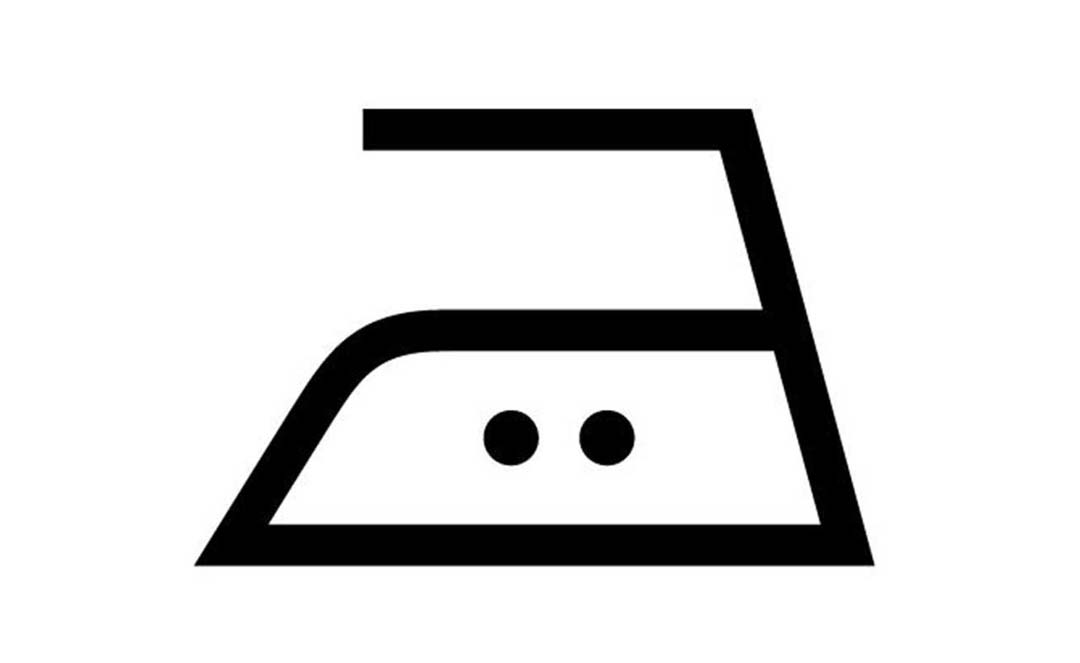
The ironing iron symbol indicates whether the product is suitable for ironing. The number of dots inside the iron serves as an indicator of the recommended temperature for ironing: one dot indicates a low temperature, two dots indicate a moderate temperature, three dots indicate a high temperature.
5. Rectangle with a curved line at the top

This icon informs you of the preferred method of drying after washing: lying down (if the line is horizontal) or hanging (if the line is vertical).
For convenience and better understanding, we have compiled a table of the main symbols associated with dry cleaning and bleaching
Table of designations for cleaning and bleaching
| Designation | Description |
| Cleaning | |
| The circle with the letter “A” | Dry cleaning with any solvent. |
| A circle with a “P” on it | Dry cleaning using perchloroethylene. |
| A circle with an “F” on it | Dry cleaning using a hydrocarbon solvent. |
| A circle with a cross | Not dry cleanable. |
| Bleaching | |
| Empty triangle | Bleaching is acceptable with any bleach. |
| Triangle with two diagonal lines | Use only chlorine-free bleach. |
| A triangle with a cross | Do not bleach. |
This table provides a quick and clear guide to the main symbols associated with dry cleaning and bleaching that can be found on clothing labels. By following these guidelines, you can avoid fabric damage and extend the life of your garment.
These markings on clothing labels are not just decoration or optional information: they serve an important function by providing care recommendations based on the characteristics of the fabric and other materials. Improper care can not only damage the garment, but also shorten its lifespan. Therefore, do not ignore the instructions on the tags.
Even if you have experience of washing different types of fabric, it is always a good idea to check the manufacturer’s recommendations, as they take into account all the peculiarities of their product. By following these recommendations, you will not only keep your clothes in perfect condition, but you can also avoid the additional costs of buying new ones due to accidental damage or material shrinkage.
Consumer advice: how to choose and care for your clothing
When shopping for clothes, many of us pay attention to design, colour and size, but we don’t always consider care recommendations. However, the right care can go a long way in prolonging the life of your wardrobe and keeping it looking its best. Here are a few tips to help you make informed choices and ensure the longevity of your garments:
1. study the tag before you buy. Understanding how an item should be cared for can influence your buying decision. For example, if you prefer to wash everything at home, you may want to avoid items that only require dry cleaning.
2. Consider the material. Some fabrics, such as silk or cashmere, require special care, while others, such as cotton, are less demanding.
3. Follow the instructions. Even if you have experience in caring for a particular type of fabric, the manufacturer’s recommendations may be specific to a particular product.
4. invest in quality detergents. Inexpensive or harsh detergents and bleaches can quickly “age” your clothes.
5. Protect the environment. If possible, select eco modes for washing and drying and try to wash at lower temperatures if the instructions allow it.
6. Store clothes correctly. Things that are best kept hanging should not be folded, and vice versa. Also avoid overcrowded wardrobes to prevent things from being seen and deformed.
In conclusion, it’s important to remember that careful purchasing choices and subsequent proper care can not only improve the look of your wardrobe, but also save you money in the long run by preventing the need to replace damaged or worn out items.
Let reBITme improve your experience with proper garment care. Enjoy the benefits!
